I am trying to push to master branch of a repo and I am failing to do so, since it is protected.
I tried to look into the project settings and do not see any option for protected branches. The only option I could see is members.
remote: GitLab: You are not allowed to push code to protected branches on this project.
To git@gitlab.ins.risk.regn.net:cmd/release.git
! [remote rejected] master -> master (pre-receive hook declined)
error: failed to push some refs to 'git@gitlab.ins.risk.regn.net:cmd/release.git'
My repo has only one branch, with no contents in it so far.
I do see protected branches options of my other Repos but not for this specific one.
It is a new repo with no contents and with only default branch.
I have the master permission.
Unfortunately I am not able to upload the image here somehow.
Please suggest how to push code to master branch.





